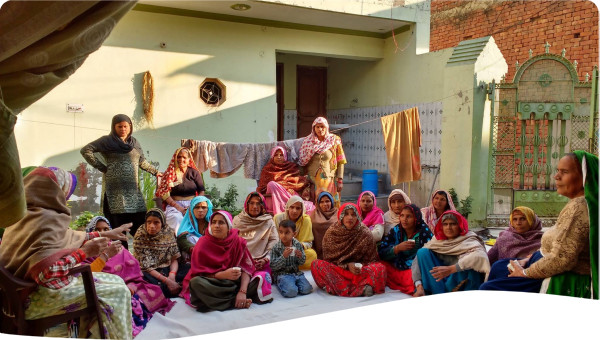Drawing on relevant literature, case studies, and in-depth interviews with humanitarian practitioners, this article presents current practices concerning the collection and use of sex and age disaggregated data (SADD) and gender and generational analyses of SADD within the humanitarian community. Academic research and humanitarian practice amply demonstrate that gender and age differentiation exist in society and that these differentiations are particularly acute in situations of crisis, but that they are often not taken into consideration in response planning.
The authors present illustrative examples of the impact of SADD collection and analysis (or lack therefore) on humanitarian assistance. The authors find that SADD are not systematically collected, analysed, or used to their full potential to inform humanitarian response. For humanitarian assistance to recognise and address real needs on the ground, this must change.
 Resource -
Resource -
